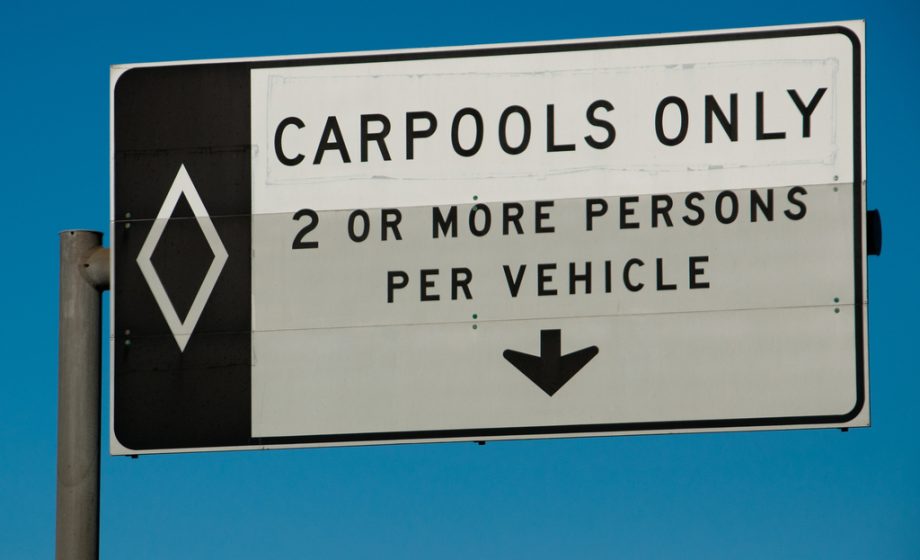
European ridesharing service carpooling is launching across the US today, announcing an integration with Uber that will allow users to get door-to-door intercity travel all in one booking. Germany-based carpooling, which competes with Blablacar in Europe, raised $10 Million in 2012 in order to launch in the US and, after a bit of a delay, will be available starting this week for American users.
While the company doesn’t communicate on the number of users (Blablacar boasts 10 Million+), carpooling says that 3.5 Million trips are available each day across the service, which is available on the web, on iOS & Android. In the past, I’ve compared the two services here in Europe, and, even disregarding Blablacar’s $100 Million fundraising this year, it seemed clear that the French company was seeing stronger growth across Europe.
However, while Blablacar looks East to developing markets after seeing success in Ukraine & Russia, carpooling is going West, where, to date, no dominant player exists in the long-distance market (carpooling’s average trip is 125+ miles, or 200 kilometers, a number Blablacar often uses as well). In the US, Sidecar, Lyft & Uber have battled to dismantle the taxi market – arguably, the three have been successful in the task – however, long-distance bus services like Greyhound & cheap airlines like Southwest have yet to feel the pressure of disruption, the way Blablacar & carpooling have put pressure on the train market in Europe.
With its first-to-market advantage, carpooling has an opportunity to carve out a nice position in the market – it will be interesting, with its cross-country launch, to see where it sees highest adoption. I used Craigslist for years in the US to rideshare up and down the West Coast; ridesharing services offer more security than your typical classifieds service, with verified profiles (phone numbers, social media accounts, peer reviews, etc.), and clearly carpooling expects to see adoption in markets where Uber is present. My hypothesis: West Coast, the greater Chicago area (and surrounding cities), New England, and the Southern Bible belt. These regions have evenly spread out cities with large enough populations, which look similar to markets in Europe that have been quick to adopt ridesharing.

